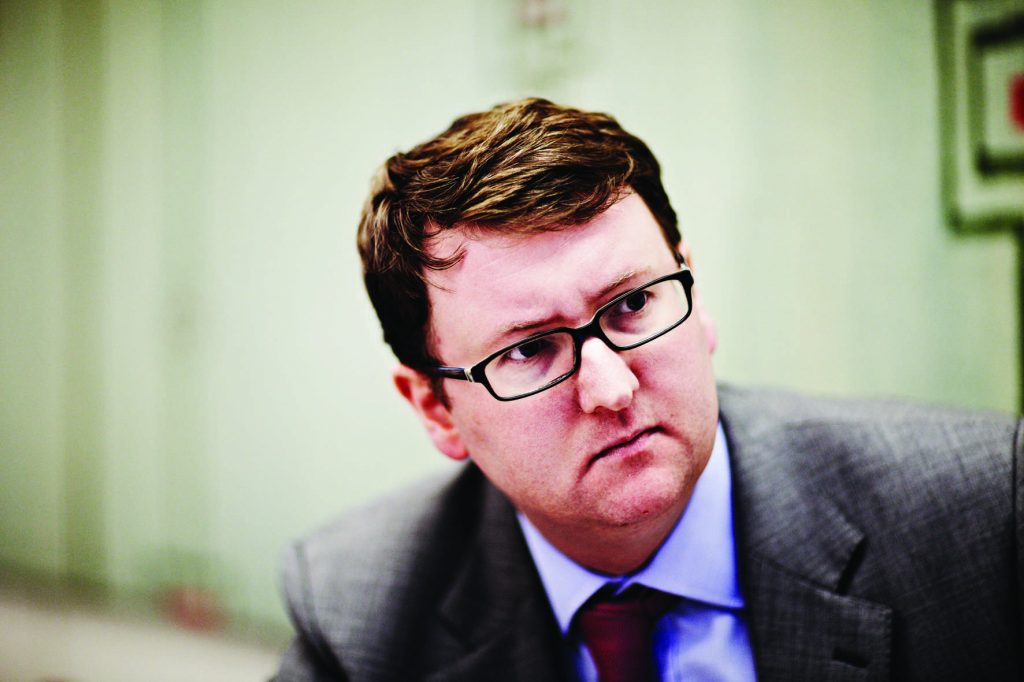As you read this, we will be entering the third month of a crisis that none of us could have anticipated when we ushered in 2020.
In every way possible, the COVID-19 pandemic is dominating our daily lives, not to mention the news agenda. Like never before, we avidly tune into daily press conferences and bulletins to get updates on a story which has genuinely had a profound effect on the way we live.
While many of us try to come to terms with the ‘new normal’, there is still plenty of uncertainty, meaning that long-term planning is a tall order.
As a pension fund, our focus has been on ensuring that normal business continues, as far as it can in such extraordinary times, and on understanding what Government policy decisions taken during this crisis mean for the pensions industry and retirement saving in the long term.
Some of the measures the Government announced in March to support businesses are also designed to support pension saving. Policy makers believe that the Coronavirus Job Retention Scheme (CJRS) best protects the economy from the costly effects of this crisis, with the hope that a large proportion of the workforce will be able to walk back into their jobs rather than walking to the job centre, once all this is over.
As we are now all aware, this scheme has allowed employers to designate employees as furloughed and then apply for a grant up to a maximum of £2,805 per month, per employee from HMRC. That includes funds for up to 80 per cent of employees’ wages (or £2,500 – whichever is lower), their employers’ National Insurance contributions and a three per cent statutory minimum automatic enrolment contribution. This payment from HMRC will be run through PAYE in the normal way with employees paying income tax, national insurance and a minimum automatic enrolment (AE) contribution deducted by the employer.
On Friday, April 17, the Treasury announced that CJRS would be extended by another month, increasing the anticipated bill from £42 billion to £53 billion. We estimate, from that new figure, the cost to Government for subsidising the minimum statutory employer workplace pension is approximately £1 billion – or less than two per cent of the overall extra cost of the unprecedented jobs’ rescue package. This reflects the modest nature of automatic- enrolment contributions.
The way the CJRS is set up means that automatic enrolment will be able to continue as normal for most employers with pension contributions funded by the taxpayer. Considering the initial speculation around a possible AE pause, this is good news and suggests to government’s credit that it recognises the role that pension funds as long- term investors will have to play in the post COVID-19 economic recovery; that pausing AE contributions would place the whole
successful policy in peril by moving cessations levels from c.15 per cent to 100 per cent overnight; and that of course as noted already minimum AE contributions for employers are very modest.
Looking to the longer term, it’s possible the crisis will cause a rethink in the way the UK approaches decumulation. Since the announcement of the pension freedoms in the 2014 Budget and their implementation the following year, we have seen decumulation markets change beyond recognition. I explore these changes in the new book I have co-authored, Towards a New Pensions Settlement, The International Experience, Volume III. It is now common to take small pots as cash, far fewer people buy annuities and the sale of drawdown has rocketed. Not all of this is bad news: many of the people taking small Defined Contribution pots as cash have Defined Benefits to fall back on. But large sustained falls in market values – like those we have seen in recent months – have always been the potential Achilles’ heel of pensions freedoms.
The crisis, if sustained in markets, could expose further issues with the suitability of sales of flexi-access drawdown, especially where those sales are non-advised. In a future crisis, when many retirees are likely to be relying on income from invested DC pots alone, that is a sobering thought indeed.
